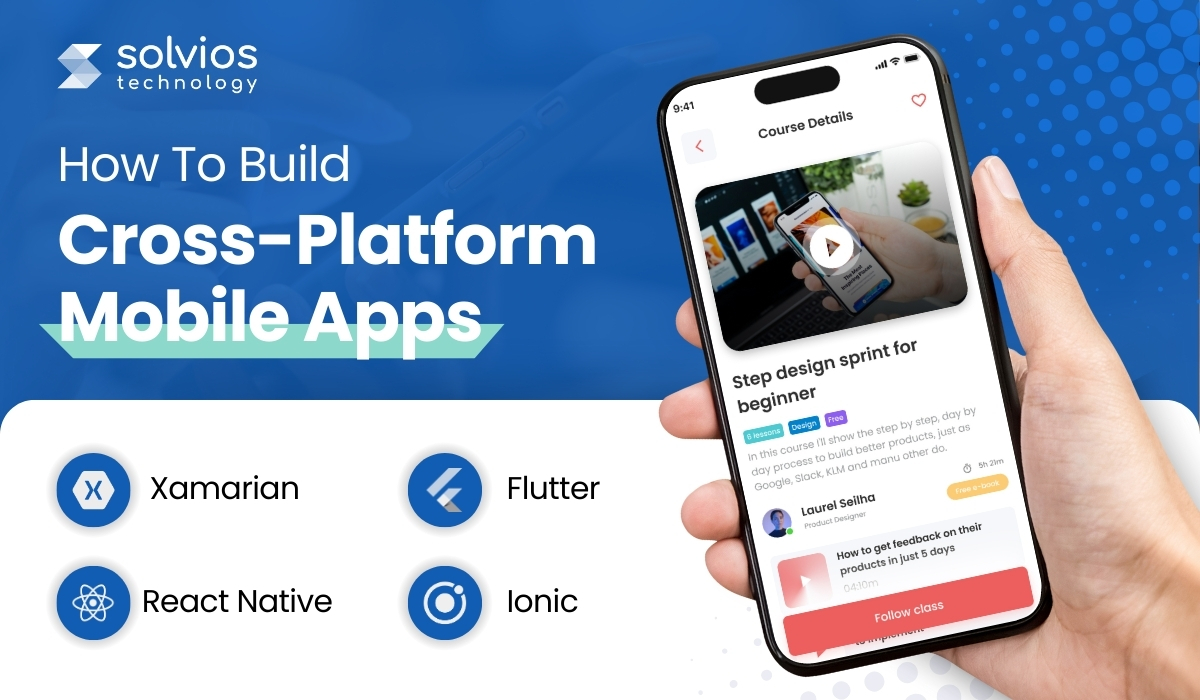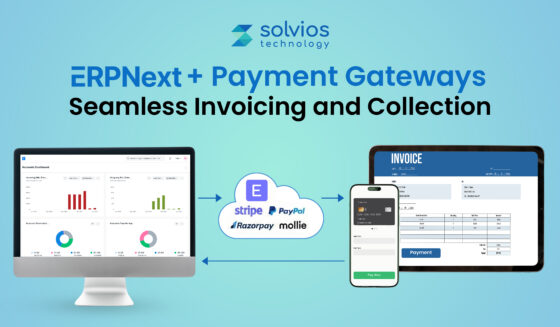
Summary:
The world of cross-platform mobile applications has revolutionized app development.
Yes, it’s true! Nearly 1/3rd of mobile developers use or plan to leverage cross-platform frameworks for upcoming projects.
Wonder why?
The answer’s simple: A cross-platform framework helps developers create apps that operate in complete synergy on different OS (Operating Systems), such as iOS and Android. It saves time, reduces cost, enables reusable codes, and delivers a consistent user experience across devices.
This guide examines cross-platform mobile app development fundamentals, popular inspection frameworks, and key strategies for ensuring your application runs perfectly on all devices.
In the following sections, we will cover:
- What is a Cross-Platform Mobile App?
- Benefits of Cross-Platform Mobile App Development
- Popular Cross-Platform App Development Frameworks
- Tools and Frameworks to Test Cross-Platform Apps
- Challenges in Cross-Platform Mobile App Development
Whether you’re an iOS developer, an Android developer, or both, this blog will give you insights into streamlining your process and creating apps that resonate with users worldwide. Let’s get started!
What Is A Cross-Platform Mobile App?
A cross-platform mobile application is designed to run smoothly on multiple platforms using a single codebase. The cross-platform methodology involves building an application that can run on multiple operating systems. It uses various frameworks or technologies, such as React Native, Xamarin, and Flutter, to run on different operating systems, such as Android, iOS, and Windows.
Using specialized tools and frameworks allows developers to write once and then run the application on other platforms. This approach to app development saves time, effort, and money while ensuring a consistent user experience across devices.
Benefits of Cross-Platform Mobile App Development
There has been a significant increase in businesses opting for native mobile applications. Let’s explore some key benefits of cross-platform mobile app development in this section:
Mobile App for Multiple Platforms:
The most notable advantage of developing a cross-platform framework is its usability. The final product can be utilized on various systems without changing the code. This technique is best suited when organizations require an app with seamless functionality and have less time to market.
Reduced Development Cost:
A typical tech product requires three different development workflows: iOS, web, and Android. However, that’s where cross-platform mobile app development services save you the cost of development while reducing the needed effort to less than half.
Agile Development Process:
Using a single code base promotes agile methodology. Once you switch to a single code base, it becomes easier to diversify the time requirement for development. You can optimize the workload between native, web, and hybrid development loads.
Simpler Code Maintenance & Usability:
Having a single code base for different platforms implies easy modifications. With a single set of changes to the code, you can easily add or remove functionality, giving you the freedom to prioritize other crucial aspects of your operations.
Access to A Uniform Design:
Although it can be challenging in certain circumstances, cross-platform development helps you produce consistent design results. It allows different cross-platform mobile application development services to leverage responsive design ideas to split functionality between the front and back ends.
Popular Cross-Platform App Development Frameworks
Cross-platform frameworks allow developers to write a single codebase that can be used across multiple platforms. Interestingly, however, there’s not one but several frameworks they can use to leverage different app functionalities.
Therefore, in this section, we look closely at some of the most popular frameworks used by some of the leading cross-platform mobile app development agency.
#1 Xamarian
Microsoft-owned Xamarin is among the top frameworks experts use. This open-source, cross-platform app development framework is widely used to develop native cross-platform Windows, Android, and iOS apps in C# and NET. Xamarin apps are designed using native user interface controls, resulting in a high-performance user experience.
#2 React Native
React Native is another popular framework used widely by cross-platform developers. Owned by Meta (formerly Facebook), this open-source framework uses JavaScript and TypeScript to develop apps for iOS, Android, and Windows.
#3 Flutter
When it comes to open-source, cross-platform frameworks, you can’t miss Flutter. Owned by Google, many cross-platform mobile app development services use Flutter to develop Windows, Android, and iOS applications with Dart. Some examples of Flutter apps include Google Ads, Alibaba, BMW, and Tencent.
#4 Ionic
Ionic is an open-source framework for developing cross-platform apps using web technologies such as CSS, HTML, and JavaScript. It enables developers to build hybrid apps from a single codebase and supports Vue.js, Angular, and React frameworks. Examples of Ionic development include McDonald’s and MarketWatch.
#5 Unity
Framework is another popular open-source, cross-platform tool for building hybrid web and mobile apps. It allows experts to leverage a native-like look and feel and is often combined with React or Vue.js for premier results.
Tools and Frameworks to Test Cross-Platform Apps
Testing your cross-platform mobile apps is crucial to ensure consistent user experiences of your products. Here are some top tools developers rely on for efficient testing:
BrowserStack App Automate
BrowserStack App Automate allows users to test cross-platform apps on actual Android and iOS devices. It enables users to test various OS versions and device combinations in real-world situations and native capabilities such as Network Simulation and Camera Injection.
BrowserStack App Live
BrowserStack App Live allows developers to test cross-platform apps manually on real iOS and Android devices with different OS versions. It enables testing under user conditions and uses network simulation, biometric authentication, and IP geolocation testing features.
Appium
Appium allows you to test cross-platform mobile apps because it supports iOS and Android platforms. Appium Grid will enable you to run several tests simultaneously. It can test both native and cross platform mobile applications.
Selenium
Selenium enables mobile automated testing in addition to testing web apps. It supports several programming languages, including Java, Python, C#, and JavaScript.
Challenges in Cross-Platform Mobile App Development
Developing a mobile app that works seamlessly across different platforms sounds ideal but has hurdles. Here are some common challenges developers face:
- Limited Compatibility: Each platform, like Android and iOS, has unique design guidelines, system requirements, and hardware capabilities. Ensuring your app performs consistently on both can be tricky and may require compromises in design or functionality.
- Performance Limitations: Cross-platform frameworks, while convenient, may not match the performance of native apps. Apps relying on heavy animations or complex features can suffer from slower load times or reduced responsiveness compared to their native counterparts.
- Limited Access to Native Features: Some frameworks may not fully support all native features of a platform. This limitation can restrict the app’s functionality or require additional workarounds, increasing development time.
- Testing Complexities: Testing a cross-platform app is complicated because you must test how the app will function on different devices, operating systems, and screen sizes. Consistency in minute detail may create inconsistencies in user experience.
- Maintenance and Updates: It’s complex to test a cross-platform application because it has to test how it works on different devices, operating systems, and screen sizes. Even a tiny inconsistency might create inconsistencies in the user experience.
Conclusion
Cross-platform mobile app development is highly beneficial as it reduces the development cost, saves time, and increases the reach to a broader audience. With frameworks like Flutter, React Native, and Xamarin, developers can create efficient, high-quality apps for multiple platforms from a single codebase.
However, challenges like platform compatibility, performance issues, and limited access to native features still exist. These obstacles can be overcome using the correct tools and testing strategies and collaborating with the right cross-platform mobile application development company.
Cross-platform development is a workable and economical approach to expand across markets. Don’t miss the opportunity to scale your operations to the next level; connect with our experts at Solvios Technology today!
Tags
Related Blog
Want to get started with App Development?
These applications are acquiring enormous prevalence by offering hands-on enterprise mobility solutions for organizations around the globe.
Start A Conversation















